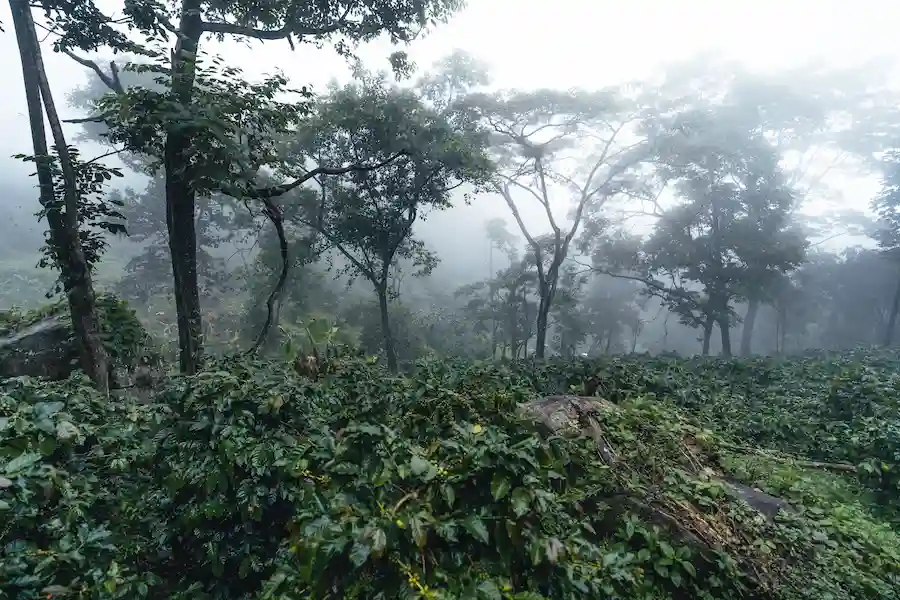Did you know that the success of a coffee plantation depends not only on the quality of the seeds or plant care, but also on the presence of shade plants? Shade plants are not just a complement but an important component that influences soil fertility, humidity and the productivity of coffee plants. Come on, read the explanation to reveal the secret behind the strategy for selecting effective shade plants!
Shade plants are plants that are deliberately planted to reduce exposure to excessive solar energy on cultivated plants. Coffee plants are a type of C3 plant that requires shade plants to control the rate of photorespiration so that photosynthesis efficiency can increase. Apart from that, shade plants also help reduce the intensity of sunlight, stabilize day and night temperature differences, reduce wind speed, and prevent soil erosion.
Shelter plants are divided into two types, namely temporary shelters and permanent shelters. Temporary shelters are used in the initial phase of plant growth to provide protection before the permanent shelter functions optimally. The need for protection for coffee plants is determined by factors such as the age of the plant, population density, and the level of soil fertility.
For example, on 2-3 year old coffee plants that require a high level of shade, a temporary shade is used. After that age, the need for shelter decreases and temporary shelters are replaced by permanent shelters in the form of tree plants.
Shade Plant Criteria

Plants used as shelters must meet the following conditions:
- Has deep roots to reduce competition with cultivated plants.
- Having branches can be arranged easily.
- It has small leaves, does not fall off easily, and is able to spread light diffusely.
- Comes from a family legume and has a long life.
- Produces a lot of organic material.
- Can be used as animal feed.
- Does not produce allelopathic compounds that can interfere with the growth of cultivated plants.
- Does not become a host for coffee plant pests or diseases.
Shade Plant Type
1. Temporary Shade Plant

The temporary shelter protects the soil from erosion, increases soil fertility through organic matter, and suppresses weed growth. Types of plants that are commonly used include: Moghania macrophylla (Flemingia congregated), Crotalaria sp., And Tephrosia sp..
For altitudes less than 700 meters above sea level, Moghania suitable for places with an altitude of less than 700 meters above sea level. Whereas Tephrosia sp. or Crotalaria sp. more suitable for areas above 1,000 meters above sea level. This plant should be planted at least one year before coffee planting begins.
2. Permanent Shade Plant

Shade is still needed to maintain the sustainability of coffee cultivation and prevent land degradation. Types of permanent shade plants that are widely used in Indonesia include lamtoro (Leucaena sp.), gliricidia, coconut, dadap (Erythrina sp.), to the case (Casuarina sp.), and sengon (Paraserianthes falcataria). In the highlands, tangerine can also be used as a permanent cover.




